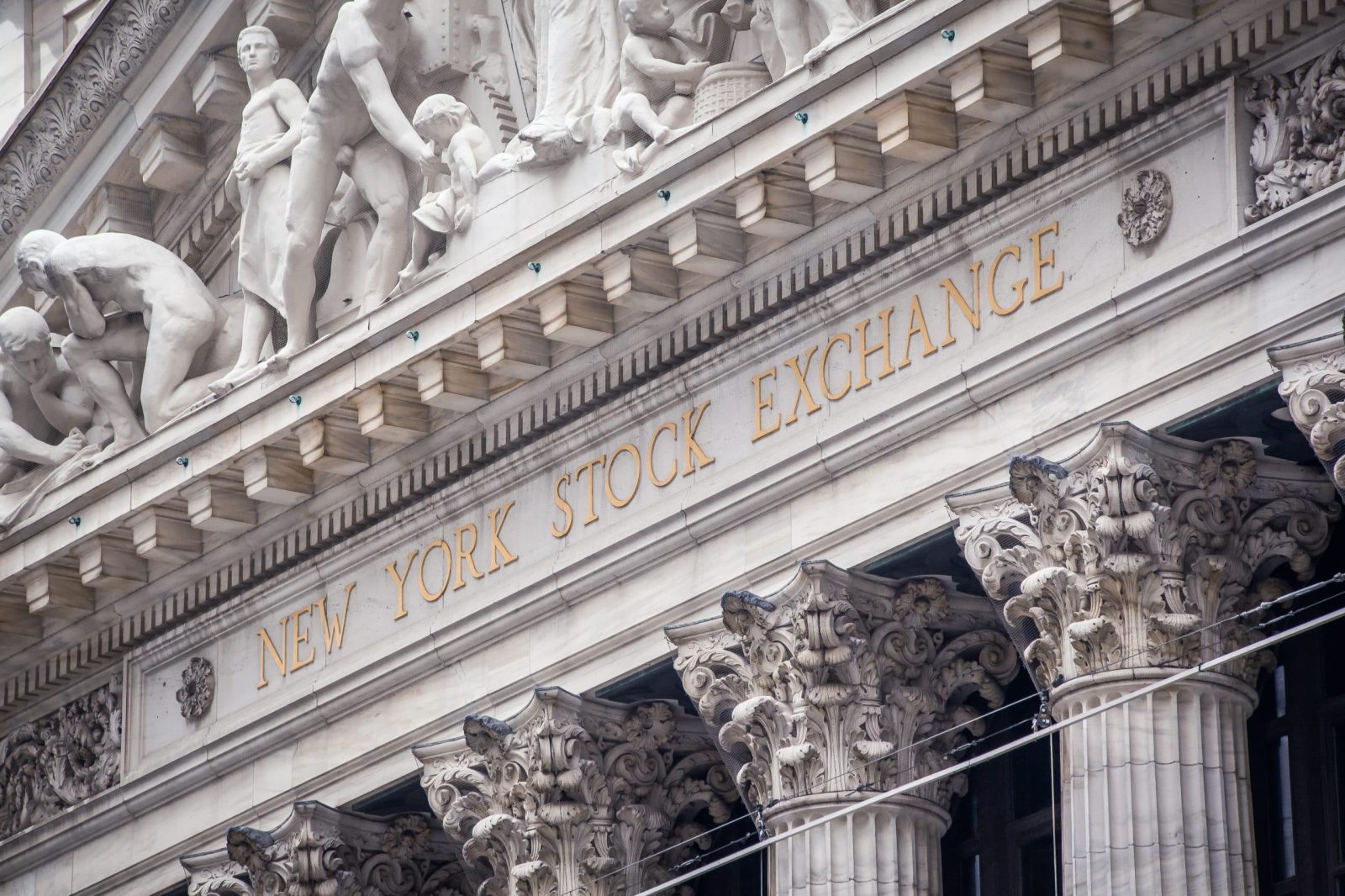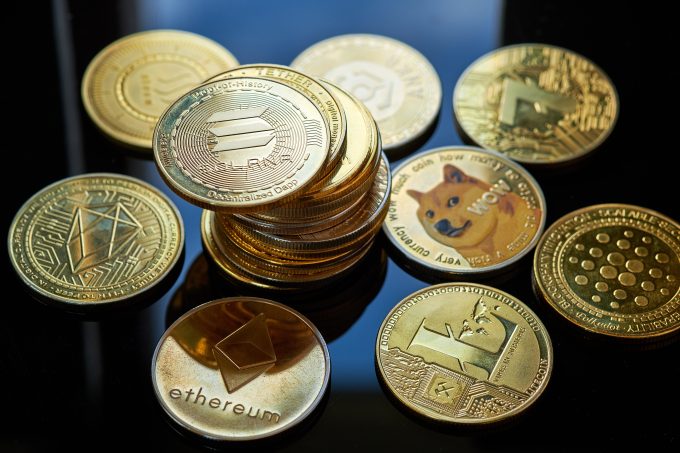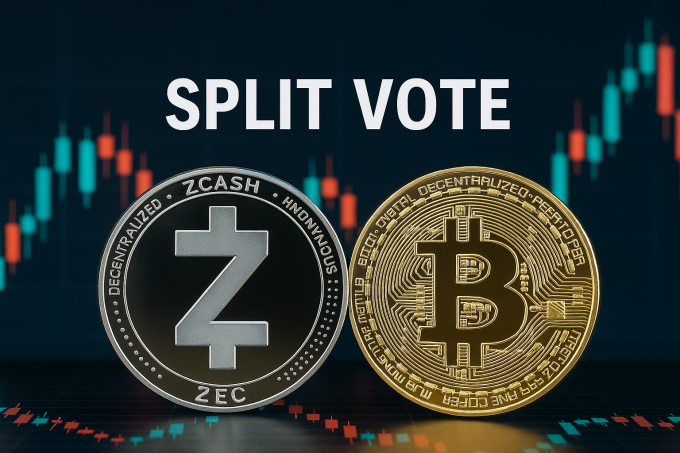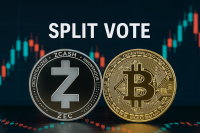The New York Stock Exchange (NYSE) has approved the listing of Grayscale Investments’s spot ETFs for Dogecoin (ticker GDOG) and XRP (ticker GXRP), set to begin trading this coming Monday. The move comes amid a broader push for regulated crypto investment vehicles as institutional and retail investors increasingly look for simpler exposure to digital‑asset markets.
Market Reaction: Altcoin Derivatives and Token Movements Surge
In anticipation of the launch, derivatives volumes tied to XRP and Dogecoin have spiked noticeably. One data set shows Dogecoin derivatives volume increased by more than 30 % to approximately US$7.22 billion, while XRP derivatives jumped around 51 % to roughly US$12.74 billion. This surge reflects traders positioning ahead of the ETF debut and suggests heightened speculative interest. Meanwhile, spot prices saw modest moves: Dogecoin hovered around US$0.1384 (down about 1.2 % in 24 hours) and XRP around US$2.08 (up about 1.5 %) as the market digested the news. The increased volumes and price behaviour indicate that, even before listing, investor focus is amplifying on altcoins—a departure from the Bitcoin‑centric ETF narrative of previous years.
Regulatory and Structural Implications: What This Approval Means
The approval by the NYSE Arca division is a major milestone in the ongoing regulatory evolution of crypto ETFs. The fact that Grayscale is converting existing private‑placement trusts into publicly traded spot ETFs for DOGE and XRP signals that major altcoins are now gaining acceptance in regulated investment formats. These products allow investors to gain exposure via brokerage accounts without directly holding tokens, addressing custody, wallet, and exchange concerns. From a structural perspective, the shift expands the investable universe for institutions and could encourage broader adoption of digital‑asset allocations in traditional portfolios.
Investor Sentiment & Strategic Perspective: Access and Allocation Dynamics
For institutional and professional crypto investors, the new ETFs change the access dynamics. Previously, exposure to DOGE and XRP often required active trading, custody arrangements or derivative products; now standard brokerage‑based exposure becomes feasible. This may prompt portfolio reallocation, especially among allocators who had avoided altcoins for regulatory or infrastructure reasons. On the retail side, the visibility of ticker‑based products may boost awareness and drive flows—though early performance, liquidity, and fees (e.g., management cost expectations) will matter. Some investors are likely waiting to see initial cash flows and spread behaviour before committing.
Looking ahead, the launch of GDOG and GXRP presents several key considerations. Monitoring initial trading volume, bid‑ask spreads, and asset‑flow trends will help determine whether these ETFs become meaningful altcoin gateways or simply niche instruments. Risks remain: execution challenges, regulatory changes, or underwhelming demand could dampen impact. Conversely, strong uptake could accelerate altcoin ETF issuance and wider institutional adoption. The next few weeks will be critical in establishing whether the altcoin ETF wave has truly arrived or whether this is an early test case in a broader transformation of digital‑asset access.











Leave a comment